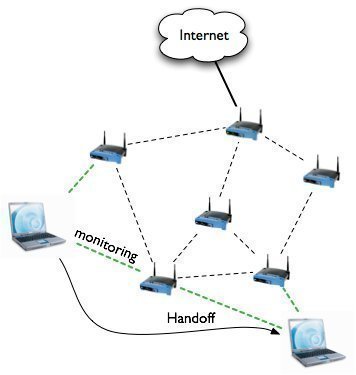Wireless Mesh Network
A wireless mesh network relies on radio signals to allow several devices within a coverage area to communicate with each other. Wireless mesh networks are often used in conjunction with other networks in order to give users reliability and stability. This is because wireless mesh networks communicate with each other through any device within the coverage area and automatically restore communication if one device stops working. Wireless mesh networks include everything that other networks do (router/gateway, clients, etc.) but do not necessarily need to connect to the Internet.
How Wireless Mesh Networks Work
A wireless mesh network relies on radio signals in order to wirelessly transfer information from one device to another. However, while traditional wireless networks connect a computer to a wireless router or access point, devices in a wireless mesh network communicate with each other directly and are not dependent on Internet access. Wireless mesh networks can be used with cell phones, laptop computers, desktop computers with wireless adapters, and any other wireless device.
Applications
If an organization wishes to collaborate its work on a daily basis or backup a system that is constantly in use, the organization may use a wireless mesh network to perform these functions over a large area. Wireless mesh networks are now used for military purposes as well and allow soldiers to know the troops’ exact location and current status, enabling them to coordinate their movements without assistance. Wireless mesh networks are also used for battlefield and public transportation surveillance, and allow satellites to transfer information to each other without being routed through Earth based systems.
Advantages
Wireless mesh networks can be used with a wide variety of wireless devices and can communicate with each other without Internet access. Wireless mesh networks can be as small or large as necessary and can be portable in order to allow the entire network to travel from one place to another.


Comments - No Responses to “Wireless Mesh Network”
Sorry but comments are closed at this time.